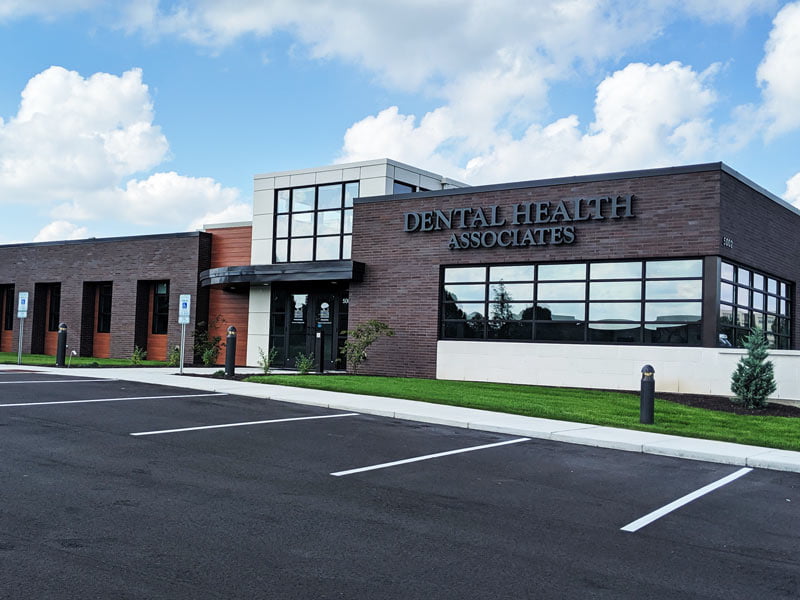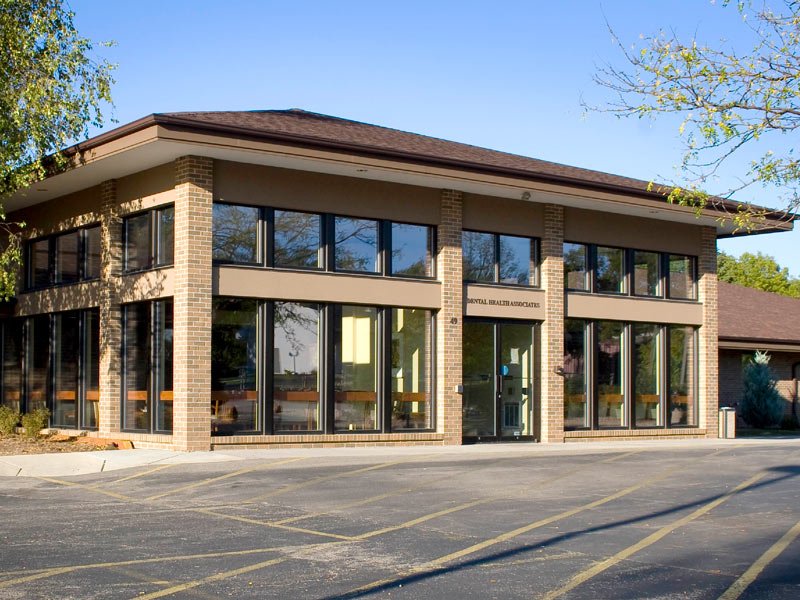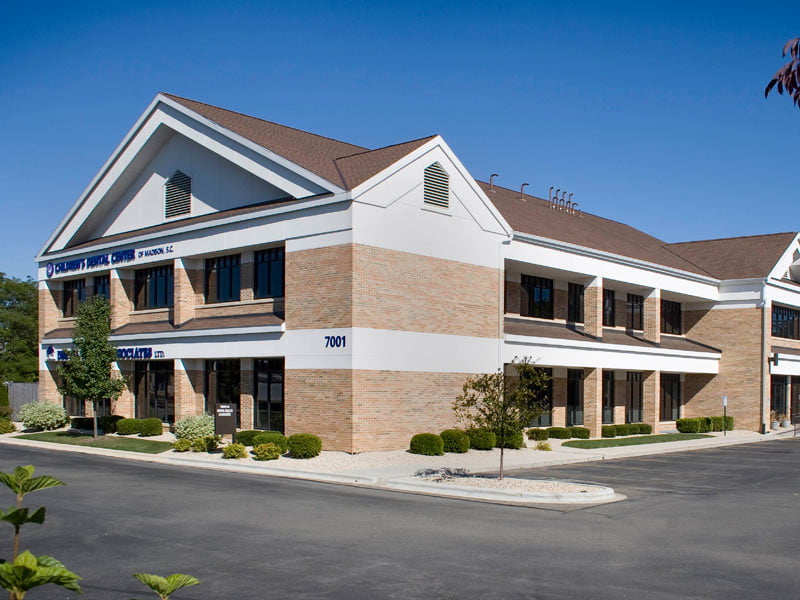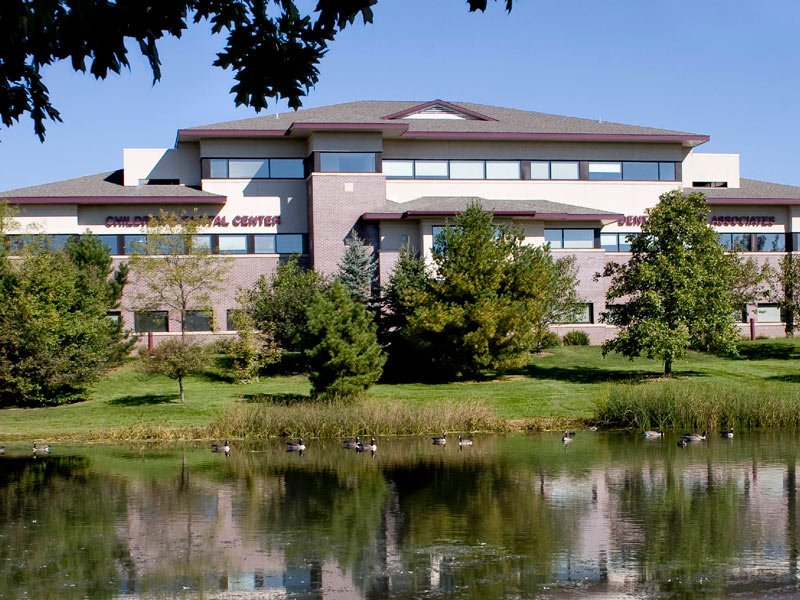Dental Health Orthodontics of Madison
SMILE WITH CONFIDENCE!
Our clinics across Madison offer several teeth straightening options.
Our orthodontic specialists offer high-quality orthodontic treatment to children and adults in Madison, Middleton, Fitchburg and Sun Prairie. We offer multiple treatment options suited to your individual needs.
Dental Health Orthodontics offers complimentary orthodontic consultations for patients of all ages. The initial consultation will include a thorough exam and a discussion of treatment options. We will also take time to answer any questions you may have.
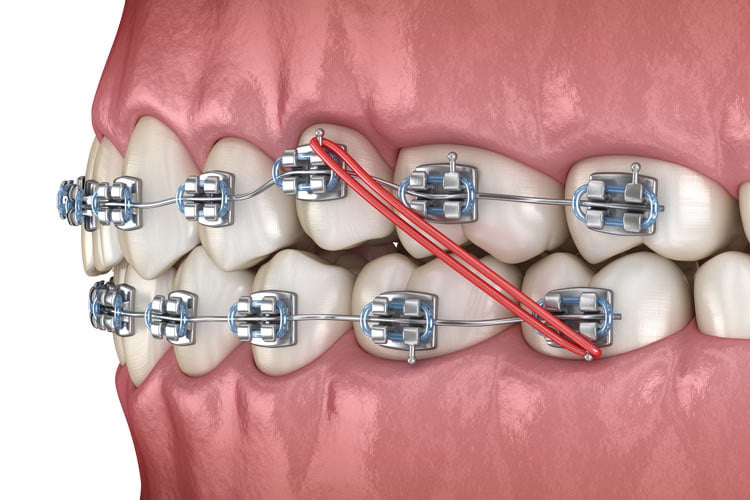
Orthodontics for All Ages
Treatment for Kids
The American Association of Orthodontists recommends an initial check-up with an orthodontist at the first sign of orthodontic problems or no later than 7 years old. While few children need treatment at this young age, early detection of certain orthodontic problems ensures treatment can be timed appropriately to a child’s growth and development.
Dental Health Orthodontics offers complimentary consultations for children of all ages. At the initial consultation we will identify the presence of any orthodontic problems and recommend the most appropriate time to begin treatment.
Treatment for Adults
Many adults can benefit from orthodontic treatment, and healthy teeth can be moved at any age. Dental Health Associates of Madison offers a range of treatment options for adults looking to improve their smile or bite. We are experienced in providing orthodontic treatment to adults of all ages. Our orthodontists will listen to your concerns and design a treatment plan that suits your individual goals and treatment needs. . Contact us to schedule a complimentary consultation.
Clear Aligner Treatment for Teens & Adults
Dental Health Associates of Madison offers treatment with clear orthodontic aligners, including Invisalign® aligners, to qualified candidates. Clear aligners are less noticeable than traditional braces and will move your teeth into their proper position while requiring only occasional check-ups with your orthodontist to monitor your progress.
Paying for Braces
We offer excellent financing options and flexible payment plans to help ensure orthodontic treatment remains affordable to individuals and families. Our knowledgeable financial coordinators are available to provide information and answer your questions.
Dental Insurance
Many dental insurance plans include orthodontic benefits and we can help you determine your benefits before beginning treatment. In addition, as a service to you, we will file claim forms and collect insurance payments directly from your insurance company.
Dental Health Associates of Madison accepts insurance plans from a variety of carriers, including the ones listed below. If you receive health insurance from another carrier, call your insurance provider to discuss their provider network.
No Dental Insurance
We offer no-interest financing and flexible payment plans based on a credit approval. Individuals and families without insurance may also be eligible for certain discounts. Our financial coordinators are happy to discuss ways to make orthodontic treatment affordable for you.
Referring Providers — Send Orthodontic Referrals Safely & Easily
Our online orthodontic referral form is an easy and secure way to send over a patient referral. One of our primary concerns is the privacy and security of patient data and we have taken every precaution to protect any information that is submitted using this form. This referral form will be automatically sent to our Orthodontics Team.
Orthodontics FAQs
An orthodontist is a dentist that specializes in moving teeth and aligning jaws. Orthodontists must complete a 2-3 year residency program in orthodontics after completion of dental school. During residency, orthodontists learn how to safely and effectively move teeth (orthodontics) as well as how to guide development of jaws and face (dentofacial orthopedics).
How long you’ll have to wear braces depends on your unique situation and orthodontic treatment needs. Simple cases can be treated in a few months while more involved cases can take a couple of years. The orthodontists at Dental Health Associates of Madison have the skills and ability to deliver excellent results in the least amount of time possible.
The American Association of Orthodontics (AAO) recommends that your child have an orthodontic check-up no later than age 7. By this age, your orthodontist can identify any issues in your child’s teeth, jaw, and gum development, but most children do not need treatment at this age. Screening for orthodontic problems at an early age can help ensure treatment is timed appropriately to a child’s growth and development.
We have decades of combined experience in providing orthodontic treatment to adults of all ages. A significant percentage of our orthodontic patients are adults.
Find an Orthodontics Near You
5002 AmCenter Dr. | Madison, WI 53718
Phone: 608-467-3050
Tue-Thu: 7:45am – 4:15pm
49 N. Walbridge Ave. | Madison, WI 53714
Phone: 608-246-3691
Mon-Thu: 7:45am – 4:30pm
Fri: 7:45am – 12:00pm
7001 Old Sauk Rd. | Madison, WI 53717
Phone: 608-833-6112
Mon-Thu: 7:30am – 4:30pm
Fri: 7:30am – 3:30pm
2971 Chapel Valley Rd. | Fitchburg, WI 53711
Phone: 608-661-6420
Mon-Thu: 7:30am – 4:30pm
Fri: 7:30am – 3:30pm
Patient Information
We encourage new patients to fill out a new patient form online prior to your first appointment. Be sure to select the appropriate location for your new patient forms, as once you complete them, they are sent electronically to the office you’ve chosen.
Insurance
Medical and dental insurance can be confusing. Our staff has experience with your questions and can help you get the most from your insurance.
No insurance? Apply today.









